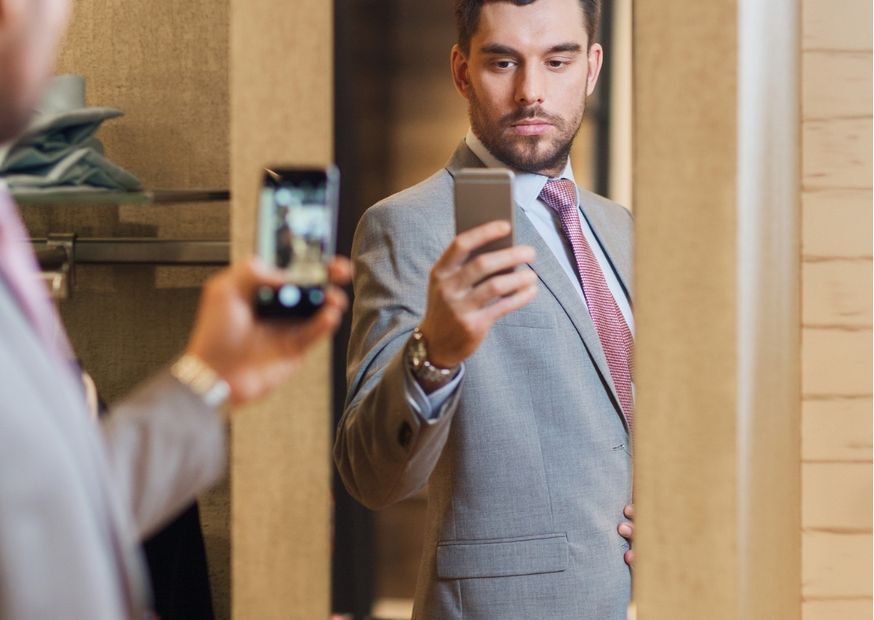To enhance the customer experience and omnichannel communication, brands will utilize a phygital experience to bridge real and online worlds. And 2023 will be the year that this trend will take off, according to global cloud communications platform vendor Infobip. One of those phygital experiences is the virtual mirror. This market has grown by 25% only last year, says research agency ResearchAndMarkets.com.
In 2023, Infobip expects the physical and digital world to meet to create immersive experiences that customers want, where and when they want them. These experiences should help enhance customer engagement. But it will also provide greater convenience around ordering, paying and delivery. Retailers will continue to integrate technology into their stores, using data to personalize what customers hear, smell and see.
Virtual mirror as phygital experience
One of the examples is the phygital experience in which virtual mirrors are used. These mirrors allow customers in the store to see how the clothes fit without putting the clothes on. It uses augmented reality technology to display the outfit. It also uses motion rendering technology to let the spectator see the appearance in a variety of motions and lighting conditions (for both day and night looks).
According to ResearchAndMarkets.com this market has grown by 25% in the last year. It grew from $6.12 billion in 2021 to $7.66 billion in 2022. The expectation is that this market will grow to $18.02 billion in 2026, at an annual growth of almost 24%. This market consists of software, and hardware vendors, as well as service providers. Apart from using this technology in the store, the virtual mirror is more and more available in an e-commerce setting as well, which Infobip refers to as virtual dressing rooms.
Alibaba and Amazon to jump on this trend
According to Infobip, some companies such as Amazon and Alibaba are combining retail and e-commerce experiences. Hema, Alibaba’s fresh food-focused ‘New Retail Store’ (and not to be confused with HEMA, a Dutch retail store), allows customers to shop in-store or through its app. It provides customers with augmented reality integrations in-store, where they can scan products to reveal their origins, deliver items and pay with facial-recognition technology.
Amazon is harmonizing the physical and digital to deliver highly personalized customer experiences. It uses customer data from many sources – from online browsing activity to how customers navigate stores – to tailor store experiences to everyone. This kind of phygital experience is one of the five trends that Infobip named for 2023. Other trends are further personalizing the customer experience and utilizing AI and robotics.
For more information about the ResearchAndMarket.com report visit: https://www.researchandmarkets.com/r/hbyukb

